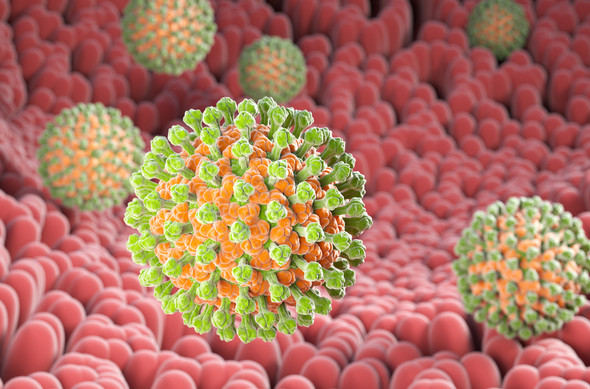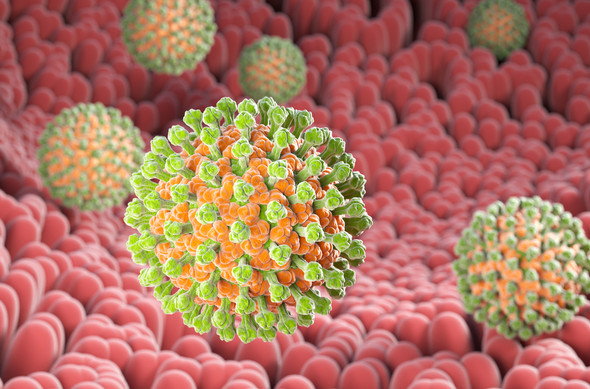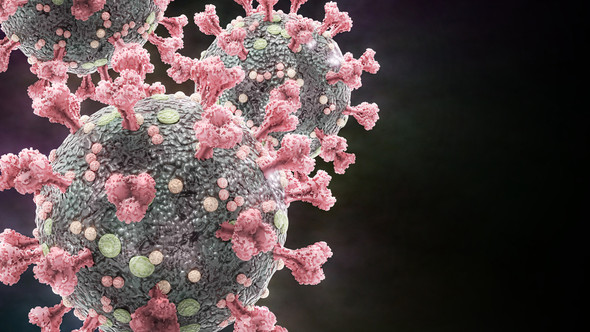Description
SARS-COV-2 (N439K MUTANT) SPIKE GLYCOPROTEIN (S1), SHEEP FC-TAG (HEK293)
SARS-CoV-2 N439K mutant spike subunit 1 protein is a recombinant protein manufactured to high purity in HEK293 cells. N439K mutations occur in the RBD region, increase binding affinity to ACE2, and have been shown to escape the neutralising effect of a few monoclonal antibodies (mAbs). SARS-CoV-2, previously known as the 2019 Novel Coronavirus (2019-nCoV), causes the pandemic COVID-19 disease.
PRODUCT DETAILS – SARS-COV-2 (N439K MUTANT) SPIKE GLYCOPROTEIN (S1), SHEEP FC-TAG (HEK293)
- SARS-CoV-2 (N439K Mutant) Spike Glycoprotein (S1)
- Contains N439K mutation in S1 which increases binding to the receptor ACE2.
- Expressed in HEK293 and purified by affinity chromatography.
- Presented in DPBS at greater than 95% purity.
BACKGROUND
Coronaviruses have a large genome and encode a 3′-to-5′-exoribonuclease that permits high-fidelity replication and a range of tolerated variation by the viral RNA-dependent RNA polymerase (Denison et al., 2011). This coronavirus exonuclease extends the coronavirus genome size through preventing lethal mutagenesis imposed by error rates of viral RNA polymerase (Smith et al., 2014). Therefore, SARS-CoV-2 could acquire rare but favorable mutations with fitness advantages and immunological resistance due to natural selection (Grubaugh et al., 2020) and a number of mutations to the SARS-CoV-2 genome have been observed throughout the COVID-19 pandemic (Erol, 2021).
N439K first emerged in Scotland in March 2020 in a lineage that is no longer circulating (B.1.141), but has since been introduced into the UK on multiple occasions (in lineage B.1.258). This is now circulating in many European countries and internationally. There is no evidence for a faster rate of growth for the 439K variant beyond that already determined for the D614G mutation which is also found in all variants carrying 439K. N439K enhances binding affinity to the ACE2 receptor and is able to escape the neutralising activity of some mAbs, including one in clinical trials, and from some antibodies present in sera from a large fraction of people that recovered from infection. No increased disease severity has been observed and no evidence that this mutation will allow the virus to escape immunity triggered by vaccines (COG-UK, 2020).
REFERENCES
-
- COG-UK update on SARS-CoV-2 Spike mutations of special interest. Report 1. COG-UK, 19th December 2020.
- Denison M.R., Graham R.L., Donaldson E.F., Eckerle L.D., Baric R.S. Coronaviruses. RNA Biol. 2011;8:270–279.
- Erol A. Are the emerging SARS-COV-2 mutations friend or foe? Immunol Lett. 2021 Feb;230:63-64.
- Grubaugh N.D., Hanage W.P., Rasmussen A.L. Making sense of mutation: what D614G means for the COVID-19 pandemic remains unclear. Cell. 2020;182:794–795. 014;1:111–132.
- Smith E.C., Sexton N.R., Denison M.R. Thinking outside the triangle: replication fidelity of the largest RNA viruses. Annu. Rev. Virol.
- Ward D, Higgins M, Phelan JE, Hibberd ML, Campino S, Clark TG. An integrated in silico immuno-genetic analytical platform provides insights into COVID-19 serological and vaccine targets. Genome Med. 2021 Jan 7;13(1):4.














